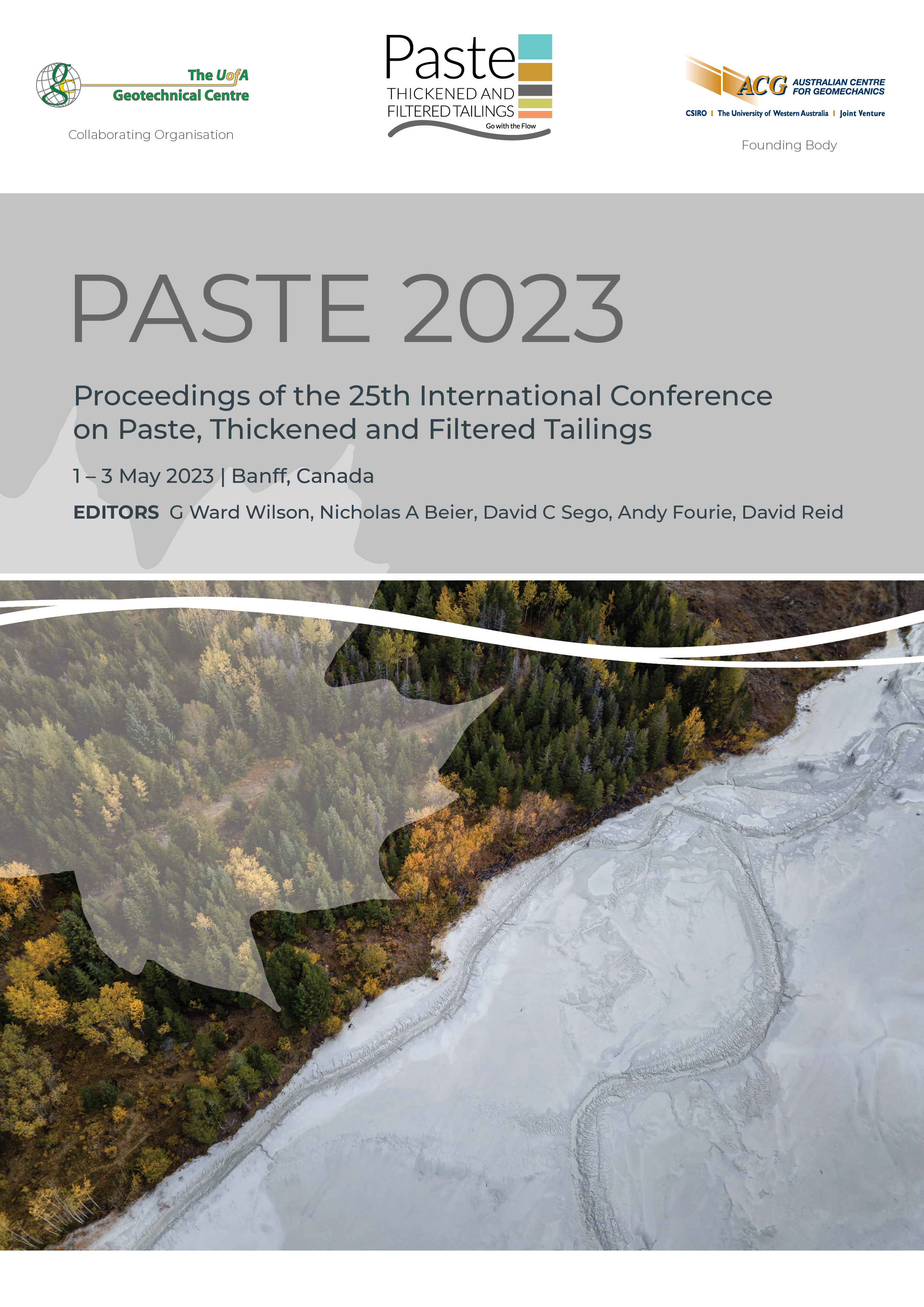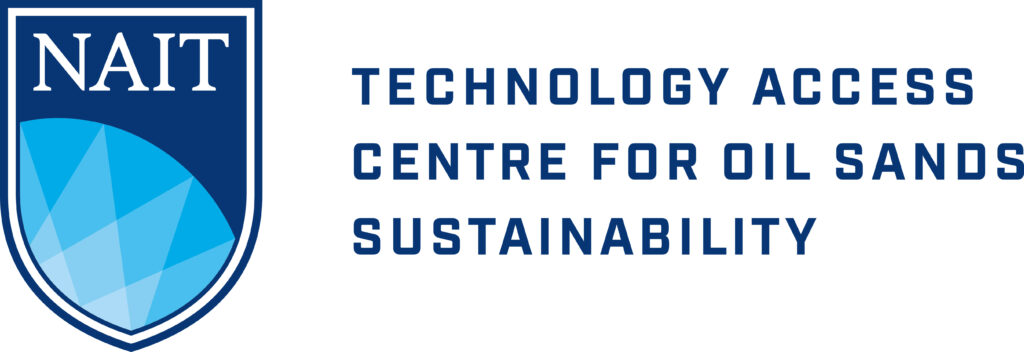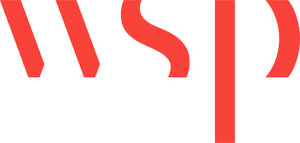The effect of composite additives on the rheology of concentrated iron ore tailings and their components

|
Authors: Youll, JC; Leong, YK; McFarlane, AJ |
DOI https://doi.org/10.36487/ACG_repo/2355_65
Cite As:
Youll, JC, Leong, YK & McFarlane, AJ 2023, 'The effect of composite additives on the rheology of concentrated iron ore tailings and their components', in GW Wilson, NA Beier, DC Sego, AB Fourie & D Reid (eds), Paste 2023: Proceedings of the 25th International Conference on Paste, Thickened and Filtered Tailings, Australian Centre for Geomechanics, Perth, pp. 822-827, https://doi.org/10.36487/ACG_repo/2355_65
Abstract:
The major components of iron ore tailings produced in the Pilbara region are hematite, goethite and kaolinite. At times, these tailings have developed a viscosity or yield stress too high for the pump to handle. This rheological problem urgentlyrequires a cost-effective and simple solution. To address this issue, this study evaluates the yield stress-solids concentration relationship of iron ore tailings, ochreous goethite sourced from a Pilbara mine, and kaolin suspensions with and without the composite additive NaOH-Na2SiO3-Na polyphosphate. Our results reveal that the yield stress-concentration curve shifts to a higher concentration for all three materials when the additive is above a critical level. At 0.5 dwb% (g/100g solids) of the composite additive, the yield stress was close to zero at 65 wt% solids for all three suspensions. This indicates that iron ore tailings can be transported at a concentration in excess of 65 wt% solids by using the composite additive. The cost required to process tailings of 55 to 65% solids was between USD 2 to USD 4 per ton of solids, although the additive dosage’s optimisation was outside this study’s purview. The tailing viscosity and yield stress can be converted back to paste consistency with a neutralising additive for safer storage in the dam or as a feedstock for dry stacking, i.e., drying, harvesting and stacking.
Keywords: Rheology control; composite additives, goethite, kaolin, hematite
References:
Das, SK, Kumar, S & Ramachandrarao, P 2000, ‘Exploitation of iron ore tailing for the development of ceramic tiles’, Waste Management, vol. 20, pp. 725-729,
Fontes, WC, Franco de Carvalho, JM, Andrade, LCR, Segadaes, AM & Peixoto, RAF 2019, ‘Assessment of the use potential of iron ore tailings in the manufacture of ceramic tiles: From tailings-dams to “brown porcelain”’, Construction and Building Materials, vol. 206, pp. 111-121,
Gomes, RB, De Tomi, G & Assis, PS 2016, ‘Iron ore tailings dry stacking in Pau Branco mine, Brazil’, Journal of Materials Research and Technology, vol. 5, no. 4, pp. 339-344,
Leong, YK 2018, Method of Rheology Control, Australia, Innovation Patent No: 2018100304, Australia Government, IP Australia
Leong, YK 2020a, Controlling Rheology of Iron Ore Tailings Slurries, Australia, Innovation Patent No: 2020103937, Australia Government, IP Australia.
Leong, YK 2020b, Improved Mineral Separation of Tailings, Australia, Innovation Patent No: 2020900408, Australia Government, IP Australia.
Leong, YK 2021, ‘Controlling the rheology of iron ore slurries and tailings with surface chemistry for enhanced beneficiation performance and output, reduced pumping cost and safer tailings storage in dam’, Minerals Engineering, vol. 166, article no. 106874,
Leong, YK, Drewitt, J & Bensley, S 2019, ‘Reducing the viscosity of concentrated iron ore slurries with composite additives for quality upgrade, reduced power, safer tailings storage and smaller environmental footprint’, in Iron Ore 2019: Optimising Value, The Australasian Institute of Mining and Metallurgy, Perth, pp. 738-743,
© Copyright 2025, Australian Centre for Geomechanics (ACG), The University of Western Australia. All rights reserved.
View copyright/legal information
Please direct any queries or error reports to repository-acg@uwa.edu.au
View copyright/legal information
Please direct any queries or error reports to repository-acg@uwa.edu.au



